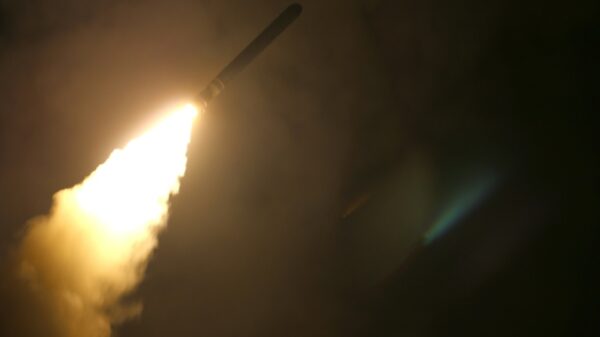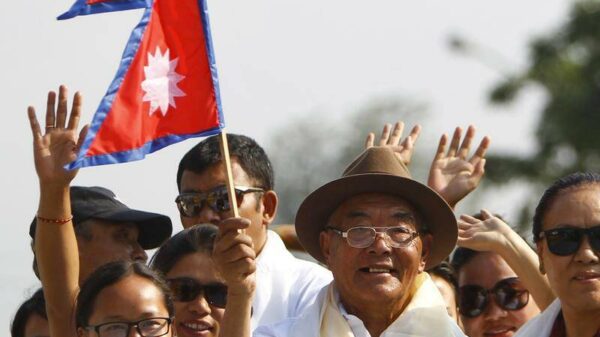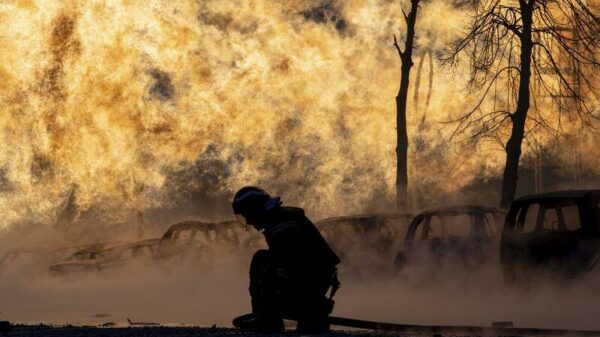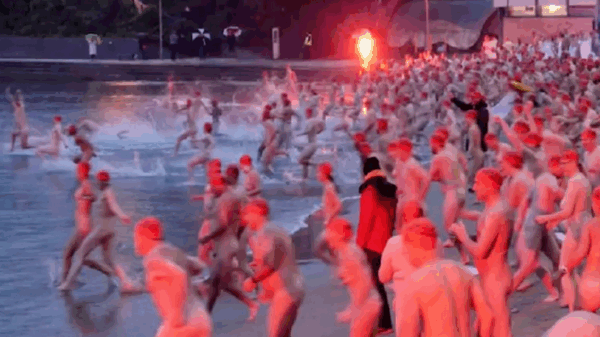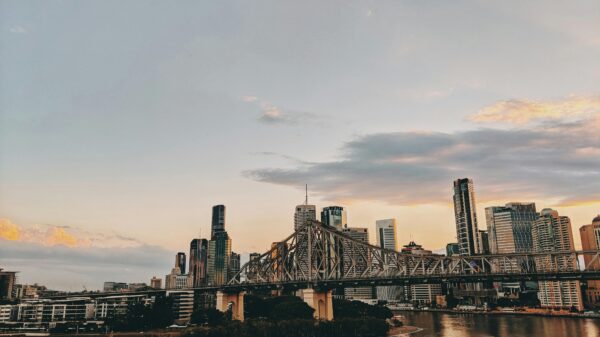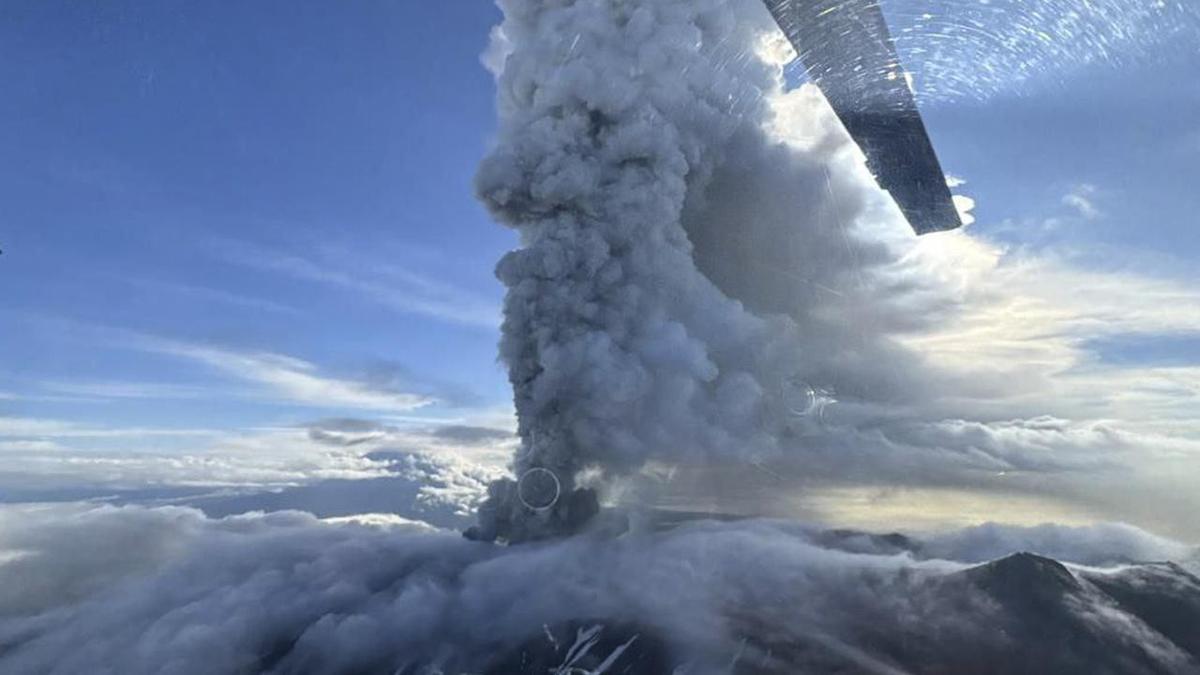BREAKING NEWS: The Krasheninnikov volcano on Russia’s far eastern Kamchatka Peninsula has erupted for the first time in over 600 years, sending ash plumes soaring up to 6 kilometers into the atmosphere. This unprecedented eruption follows a powerful 8.8-magnitude earthquake that struck the region earlier this week.
State media images show dense ash clouds billowing from the volcano, located within the Kronotsky Reserve. According to the Kamchatka Volcanic Eruption Response Team, the ash plume is moving eastward towards the Pacific Ocean, with no populated areas in its projected path. As of now, no ashfall has been reported in nearby inhabited areas, alleviating immediate concerns for local residents.
In a critical update, Russia’s Ministry for Emergency Services issued a tsunami warning for three regions of Kamchatka, although this warning was later lifted. The region experienced a subsequent 7.0-magnitude earthquake, compounding fears of further geological instability.
“This is the first historically confirmed eruption of the Krasheninnikov volcano in 600 years,” stated Olga Girina, head of the Kamchatka Volcanic Eruption Response Team, in an interview with the Russian state news agency RIA Novosti. However, the Smithsonian Institution’s Global Volcanism Program notes that a previous eruption occurred around 475 years ago in 1550, leaving some questions regarding the eruption’s historical record.
Authorities confirmed that volcanic activity is currently decreasing, but they caution that “moderate explosive activity” may continue in the coming days. Residents in the region are being advised to stay alert as geologists monitor the situation closely.
The eruption and the preceding earthquake triggered small tsunami waves that affected areas as far away as Japan and Alaska, prompting alerts across the Pacific, including warnings for Hawaii, North and Central America, and Pacific islands down to New Zealand.
As this story develops, officials are urging the public to stay informed through official channels. The situation remains dynamic, and further updates are expected as scientists continue to assess the impacts and potential hazards associated with the Krasheninnikov volcano’s activity.
Stay tuned for more urgent updates on this dramatic geological event.

